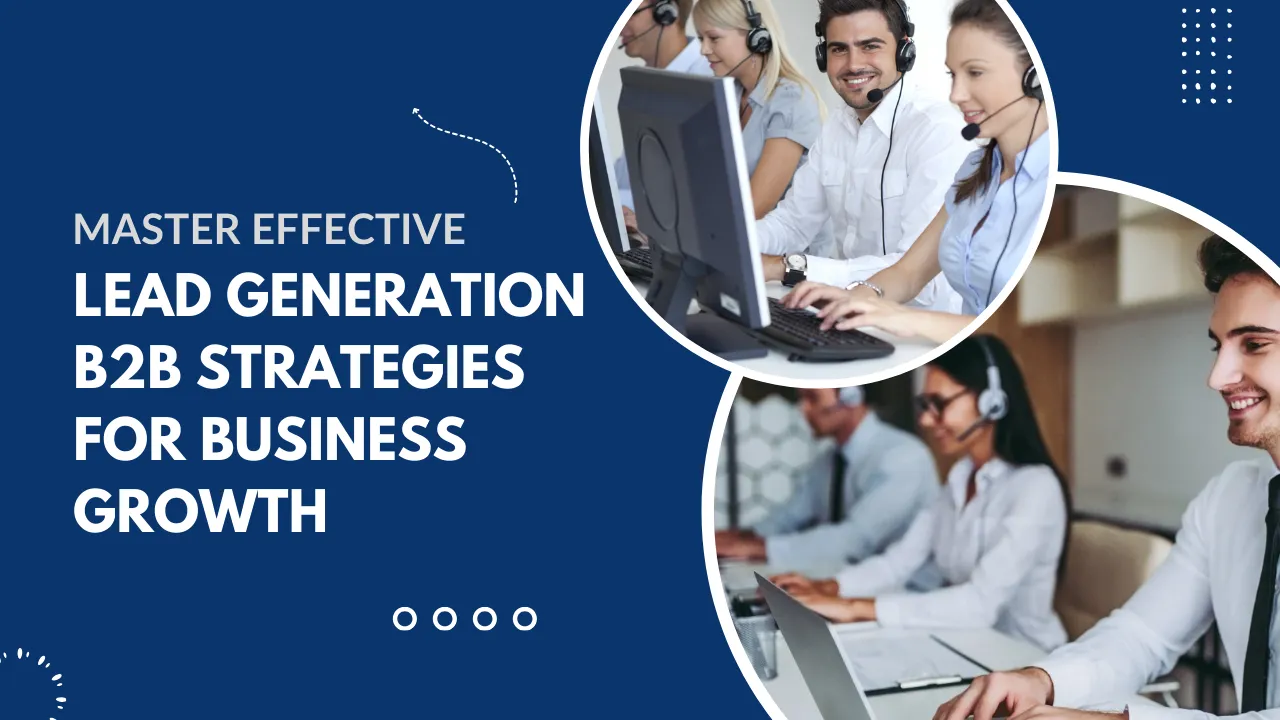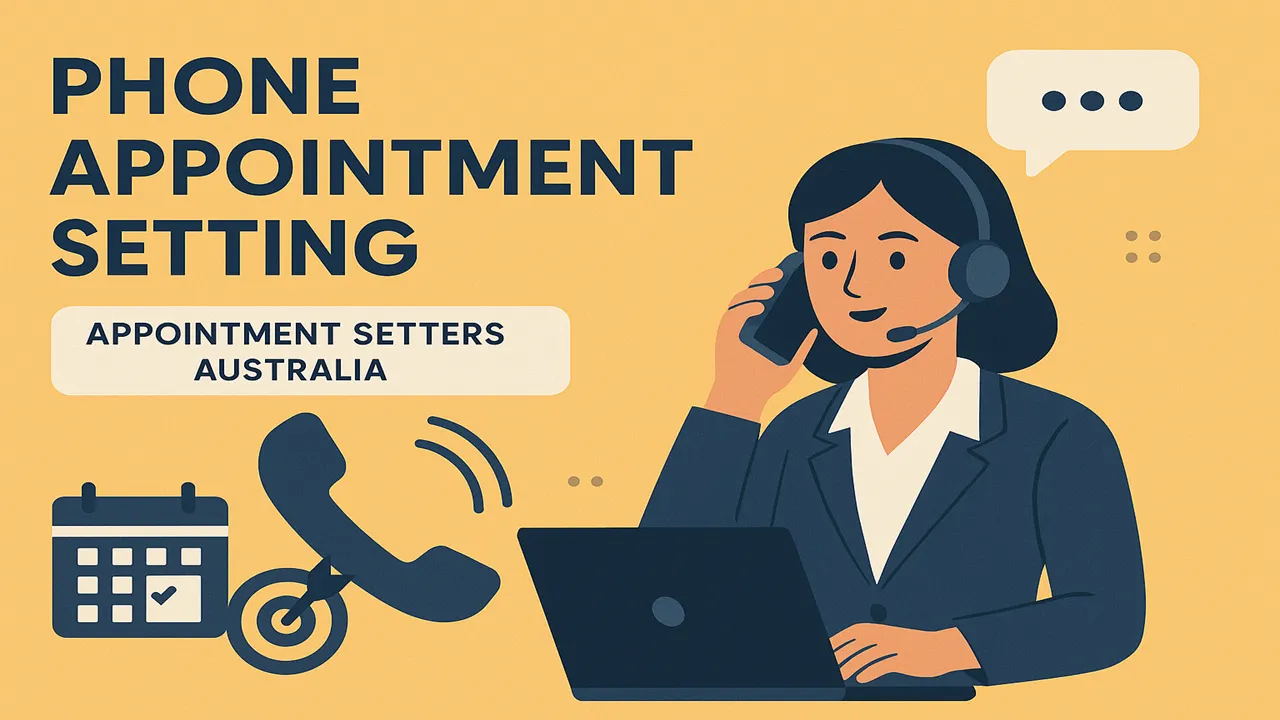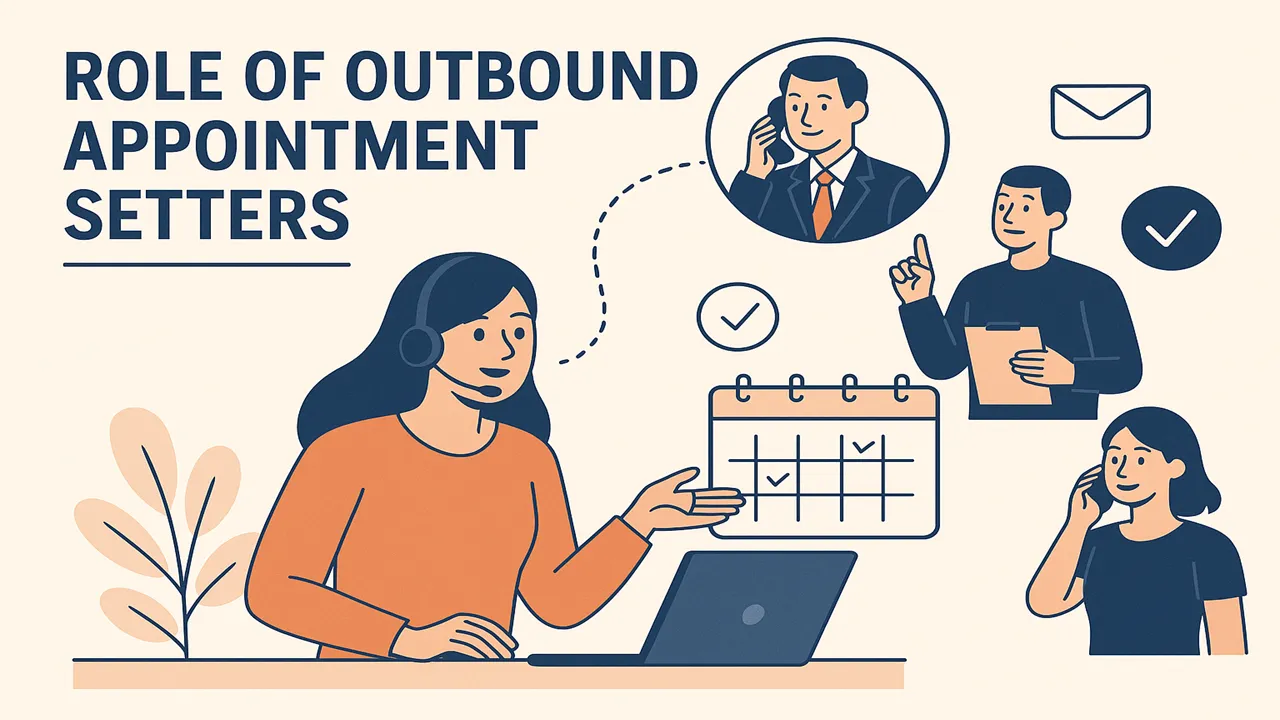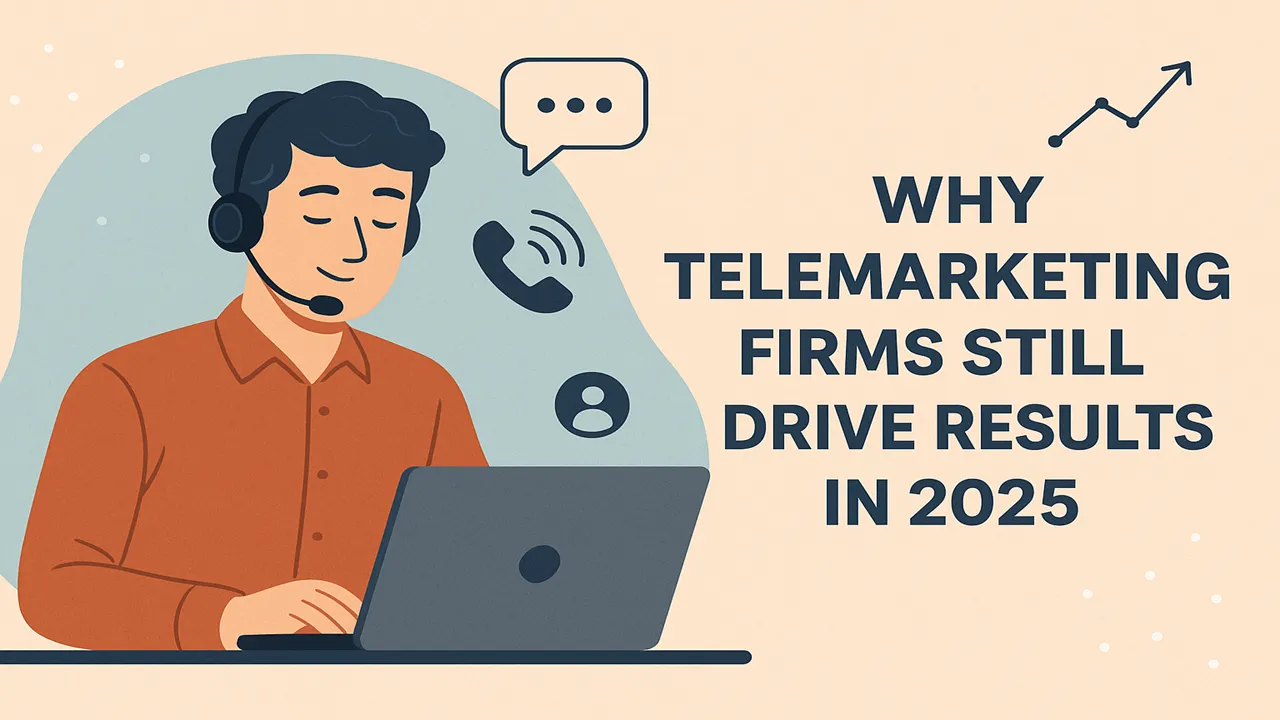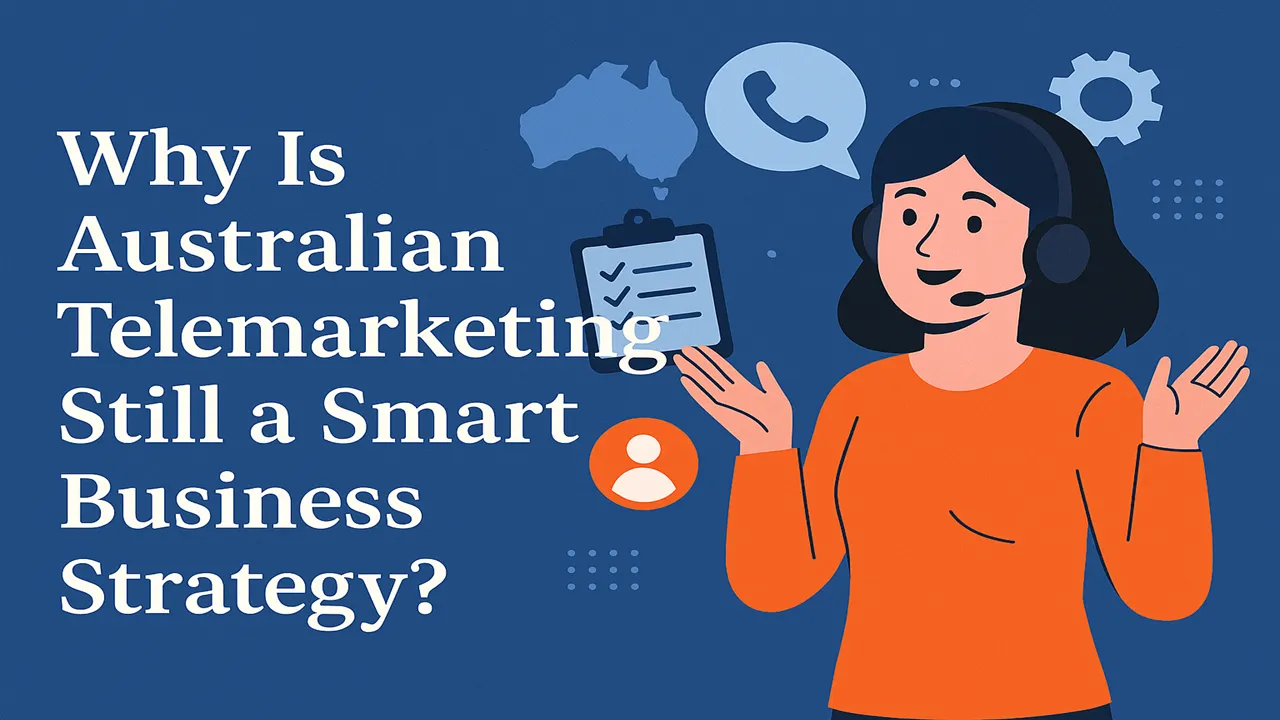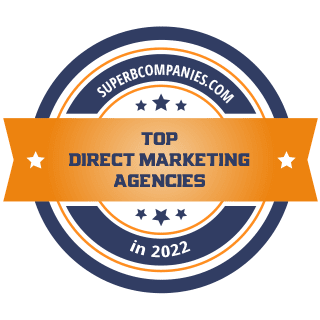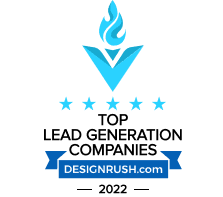Lead generation B2B is contracting leads who might show interest in your offers. Despite interacting with individual consumers, lead generation B2B attracts other businesses in general. The bottom line is to spot these businesses, make them interested, and turn them into loyal customers.
Lead Generation B2B leads come in two primary ways: inbound and outbound marketing. Inbound marketing includes creating useful content and optimizing your website to search engines. It utilizes all available social media platforms to draw potential leads onto your site. Outbound marketing reaches out directly to potential clients through email, phone calls, and direct mail.
A B2B lead generation agency can be very helpful at work. They know how to secure high-quality leads for your business. Such agencies will use advanced tools and techniques to study your target market. They will identify likely businesses interested in what you offer. An agency will save you time and effort as you focus on closing deals on the leads provided.
Lead Generation B2B is one of the most common strategies for growing your business and, thus, boosting sales. It involves combining inbound and outbound marketing techniques. Specialized B2B lead generation agencies connect you with more potential clients for long-term business relationships.
Understanding The Basics of Lead Generation B2B
In the modern arena, lead generation B2B can potentially be a good market for your products or services. Its primary use is to make a list of leads collection of customers who will possibly become consumers.
First, know who you target. It means you will have to do some homework to understand what kind of business needs you have in store. You will therefore be able to have a clear picture of your ideal client and therefore focus your efforts on reaching them.
Most successful lead generation B2B strategies comprise a good mix of methods to attract potential clients. One good inbound method is to create meaningful and relevant content such as blog posts, videos, and social media messages. In this way, companies come to you simply because they are using the stuff to help you according to the demand.
The other approach is outbound marketing, but it involves proactively going out to try to reach potential clients. This way, you can get face-to-face time with potential clients. Inbound waits for businesses to find you, while outbound goes out and finds them.
Sometimes, it makes sense to include a B2B lead generation agency in the whole process. A B2B digital lead generation agency usually specializes in lead finding as well as attracting its clients. Their experience will enable them to pinpoint all the best leads that benefit your business. It is a source of saving some time and effort for you in the long run.
It entails finding businesses that might need to buy from you. Building up a successful lead generation B2Bprogram is an understanding of your target market. It includes inbound and outbound marketing methods and potentially partnering with a B2B lead generation agency.
Top Strategies for Effective B2B Lead Generation
Effective lead generation B2B is imperative for business growth. This is what it’s mostly about, and here are the top ways to do it.
- Content Marketing: Create helpful content in the form of blogs or guides, videos, podcasts, etc. This actually shows that you are up to your expertise and attractive to the potential leads searching for that information on websites.
- Email Marketing: List people interested in your product, then send them personalized messages. Give them value-rich content or special deals for them to become a customer.
- SEO: Make sure that your website appears when a person is searching for something like your business. Keywords would be the phrases and words that your target market uses to find you.
- Pay-PerClick Ads: Apply ads on search engines or through social networking sites. This is to appeal to groups interested in whatever you offer. It works pretty fast as a good attention seeker.
- Webinars and Events: Do webinars or go for industry forums where one would be on display talking or presenting regarding his specialties. With this, there is interaction with those persons who really want the offerings.
Building a Successful B2B Lead Generation Funnel
Creating a thriving lead generation B2B funnel is to go about getting and converting energetic clients into reliable customers. This is a step-by-step, easy guide to setting up your effective funnel.
Firstly, Know your audience. The best way to get down to this is by learning who your best clients are and what they need. Creation of detailed profiles called “buyer personas” will actually help you tailor your efforts in marketing to the proper people.
Use content marketing to attract potential leads. Write information in blogs, whitepapers, eBooks, and webinars that have value-added information. This way, you are going to establish your company as an expert in the industry, and trust begins building with your audience.
Promote your content in various means to generate leads. These means include social media marketing, email marketing, and search engine optimization. An optimized website will attract leads, especially through clear call-to-action messages and good landing pages. Offer free trials, demos, or consultation services.
Once you have captured the leads, nurture them through personalized email campaigns and targeted content. Use marketing automation tools to manage and segment your leads to send only relevant information. Follow up regularly with your leads for additional resources or to answer their specific needs.
Working with a lead-generating agency specifically focused on B2B is very helpful. These agencies usually have the expertise and tools to optimize your lead generation B2B strategies. They trace performance and make necessary adjustments to improve your conversion rates.
Keep developing and iterating your lead generation for B2B sales. Track a few KPIs such as conversion rates, lead quality, and ROI. These can guide you in the necessary changes to the strategies so that the funnel remains effective and efficient.
Content Marketing Revolutionizing in B2B Lead Generation
Content marketing plays an important role for businesses that sell to other businesses (B2B). Here, sound and valid content are designed to attract customers and transform them into leads.
- Reach Potential Customers: With content marketing, blogs, guides, and videos can be used to educate people in the industry. By sharing valuable insights, businesses can appear to be trustworthy and knowledgeable.
- Lead Guiding: Good content guides potential customers through their decision-making process. It gives them information they need at each step from learning about a problem to choosing a solution.
- Attractions of the Right Leads: Content marketing is aimed at reaching the right people who are genuinely interested in what a business offers. This, therefore, affords businesses leads that would most easily become customers.
- Improves search engine visibility: The creation of useful content consistently enhances the search engine presence of a business. This usually leads to more exposure of a business when searched online and therefore more possible leads are attracted.
- Measuring Success: Organizations can track the success of content by informing the number of readers and views on an article or a video. They will thereby see what works and what they should change to achieve even better results.
A wonderful way to attract, educate, and even convert B2B business leads into actual customers with useful content marketing. This kind of method aids in building up relationships between the two firms for potential leads. They work to make purchasing decisions for both parties’s benefit.
Email Marketing: A Best Practice for B2B Lead Generation
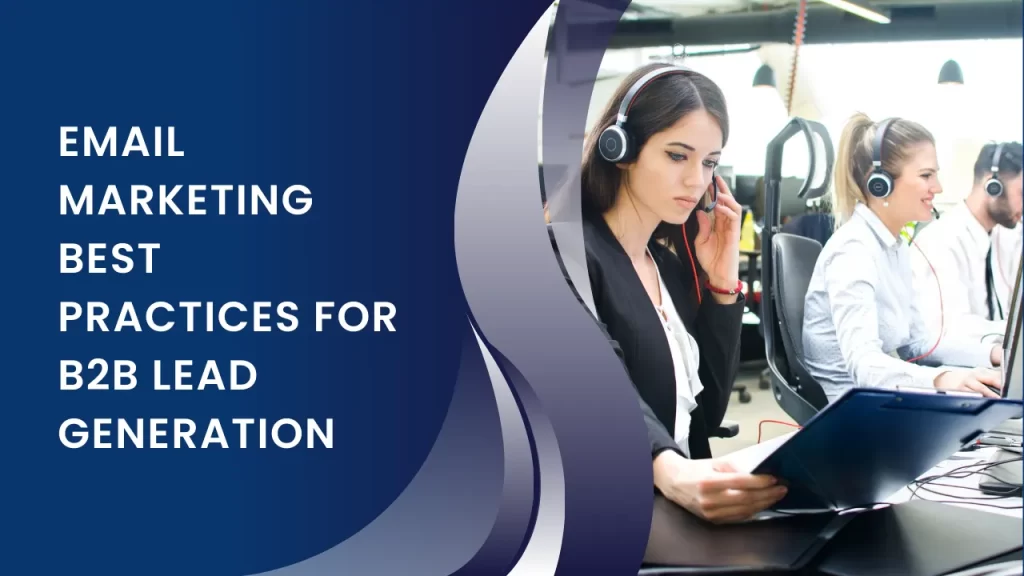
An important lead generation B2B is email marketing. To do it properly, follow these key steps:
Know your audience: Separate the parts of your email list into groups through things like industry and job roles. In that manner, you can send more personalized messages that speak directly to their needs.
Then write attractive subject lines. The subject lines should be short, clear, and interesting so that the person wants to open your emails. You can test different subject lines and see which ones work best.
Use inside the email with any valuable information. Share your news about the industry, maybe expert advice or success stories, and show how you solve their problems. Have in there a clear call for action telling them what do to next-that could download a guide or set a meeting.
Make sure the emails you are sending will be responsive because most will open the email from there. That would mean you make use of a responsive design or, at least optimize it based on screen sizes.
Monitor your email performance. Opens, clicks and conversions tell you what’s wrong in your next e-mail.
Finally, comply with the regulations regarding data protection. It is crucial to have explicit consent before emailing, and this must be an easy unsubscribe for the recipient.
SEO Strategies: Enhance B2B Lead Generation
Getting more B2B customers online for businesses requires using some SEO tricks.
- Choose the Right Words: First of all, identify the phrases your B2B customers are using for searching online. Some examples include lead generation B2B and B2B lead-generating software. Certainly use these phrases for content on your internet site.
- Share Useful Stuff: Create helpful stuff like blog posts, guides, or case studies that solve problems for B2B buyers. Make sure the pieces use your selected keywords well.
- Make Your Site Search-Friendly: Rearrange your website in such a way that it gets picked up easily by the search engines. Use friendly URLs, and make sure the page titles and descriptions also contain your keywords.
- Make it easy with Mobile: The use of mobile phones is performing an easy job in this regard. Make sure your website is mobile-friendly and responsive.
- Attract others: You need other trusted sites in your industry linking to your site. This way, you earn the search engines’ credibility that your site is worth paying attention to.
- Local Flavor: If you are a local business, you can use location in your keywords. This brings you more local customers.
- Track Your Results: Utilize tools like Google Analytics to see which keywords are driving visitors to your site. Use this information to continually improve your strategy.
- Use B2B Tools: There are also special software tools designed to facilitate B2B lead generation. Such tools may automate follow-ups on leads and track who is visiting your site.
By implementing these easy-to-implement SEO tips, you can bring more B2B leads online and have them converted into customers. Periodically updating and making improvements in your approach depending on what works best keeps your lead generation B2B efforts powerful.
B2B Lead Generation: Influential for Small Businesses
Effective B2B lead generation Australia is helpful for small businesses to extend their customers and maximize earnings. Now in today’s competitive world, the right usage of strategy can help.
Another useful strategy is online targeted advertisement via LinkedIn. In this manner, the advertisement will appear directly in front of those who can decide to utilize the product, industries, and company sizes. Essentially, it’s a bright way to waste money as you will be reaching someone who has an interest.
One good tactic is content marketing, where you’ll be coming up with helpful content such as blogs, case studies, and webinars. These are designed to solve the problems facing your target audience. Hence, lead generation B2B increases the level of their trust and thus their possibilities for becoming customers.
Networking and partnership development are also important. Joining industry events or online meetings where you can communicate with potential clients and partners helps. Other businesses can refer some of their customers or gain new ones if complementary.
Large Help is also in using good lead generation B2B software. This will ensure automatically making scores for leads, giving emails, and managing contacts with customers. This makes your work easier for you to concentrate on more leads that eventually become profitable customers.
In small businesses, digital ads, helpful content, networking, and good software are the keys to succeeding in B2B lead generation. These tactics bring in leads and convert them into loyal customers. In this manner, it boosts sales and grows your business in a tough market.
Automating Your B2B Lead Generation Process
Automating how you find new business leads for business-to-business sales is a good way to simplify your work. It makes your work easier and more effective. It uses tools that handle repetitive tasks for you such as keeping track of customer interactions and sending e-mails.
CRM systems consolidate all your customer information in one place. This simplifies how you use personalization communication and follow-up with possible clients. Email marketing allows you to send targeted messages to groups of people or individuals. It is a source of sharing helpful information that moves them closer to buying from you.
Automation uses tools to score leads by their interest and behavior. It automatically schedules follow-up emails and adjusts your marketing based on how potential customers respond to you. It saves you time and focuses you more on building relationships and closing deals.
If you are running a B2B Corporate Lead Generation, automation is of utmost importance. It would help you manage multiple client accounts efficiently and show them measurable results. By automating tasks like qualifying leads and tracking campaign performance, you can spend more time giving strategic advice and keeping your clients happy.
Automation is a B2B lead generator. It facilitates the quality of contact that you make with potential clients and subsequently expands your business. With proper tools and approaches, automation helps sales processes become more productive and successful in the competitive market today.
How to Qualify Leads in Lead Generation B2B
B2B lead generation needs to qualify your leads to determine which leads are likely to be your customers.
- Know Your Ideal Customer: Identify who your ideal customer is. Consider things such as what industries they operate within, the size of the company, and their issues.
- Establish a point system: A point system that ranks the leads on how well they fit the ideal customer profile. This profile includes the size of the company, budget, and level of interest in your product or service.
- Use Data to Make Decisions: Check data to know your leads better. This might include how they are interacting with your website or emails. The more you know, the better you can tailor your approach to each lead.
- Make Forms Work for You: Make forms that ask the right questions and help you know whether that lead is good or bad. Ask them about their needs and when they may be ready to buy.
- Guide Leads through the Process: Keep leads interested in the buying process with content and personalized messages. This will build your relationship with them, and the chances of getting them as customers will be increased in order.
- Automate Some of the Work: Tools like lead tracking, that will automatically track what leads do. Send them helpful messages to make it easier to spot when a lead is ready for a salesperson to step in.
- Work Together: Your sales and marketing teams must be in agreement. They must agree when a lead is ready to talk to a salesperson.
- Keep Getting Better: Monitor how well your system is working periodically. Use what you learn to improve how you find and work with leads.
Future Trends in Lead Generation B2B Strategies
Leading into the future, strategies for lead generation B2B are advancing very quickly due to this new technology and how it’s driving customer behavior.
- Artificial Intelligence (AI): It is now playing an important role. Using AI will empower businesses and enhance a better understanding of client behavior; it has personalized the process of touching the customer. Also, it elevates methods of following through on prospects.
- Account-Based Marketing (ABM): This model targets a specific high-value customer. It creates special content and approaches for individual customers, which helps forge stronger relationships and increases opportunities for sales.
- Inbound Marketing: Companies are going more toward creating interesting pieces of content that customers enjoy rather than reaching out directly to the customers. Relevant webinars, online events, and smart chatbots keep customers interested.
- Data Privacy: With new rules about how companies can use customers’ data, businesses need to be careful. Customers are now more concerned with privacy. Companies that come clean about how they use their data will benefit from it.
- Omnichannel Marketing: It means adopting many channels to engage customers such as social media, e-mail, and personalized websites at the same time. Companies can better maintain the consistency of the message and convenience for their customers in finding and purchasing what is needed.
The future of lead generation B2B is about using AI to understand customers and focusing on personal approaches like ABM. Creating interesting content through inbound marketing and respecting customer privacy will be trendy in the future. These trends will help businesses stay competitive and connect better with their customers in the coming years.

